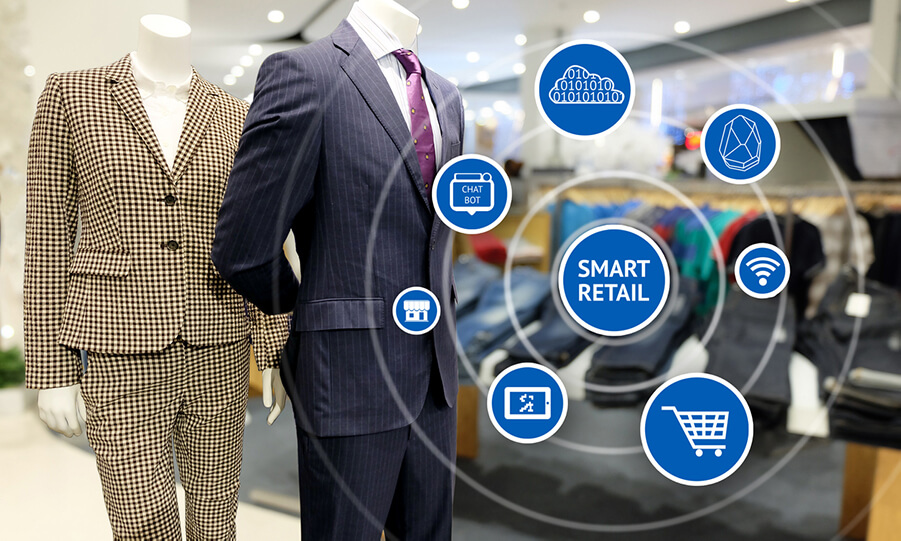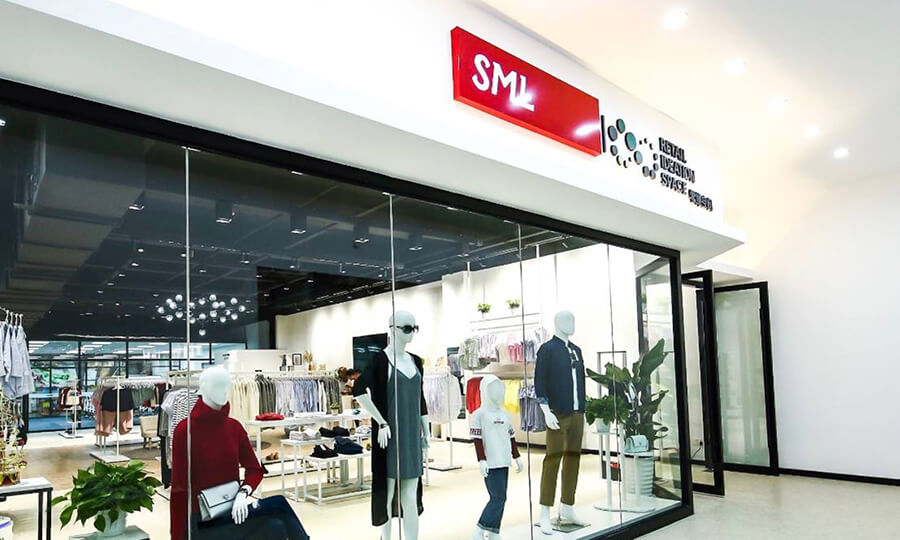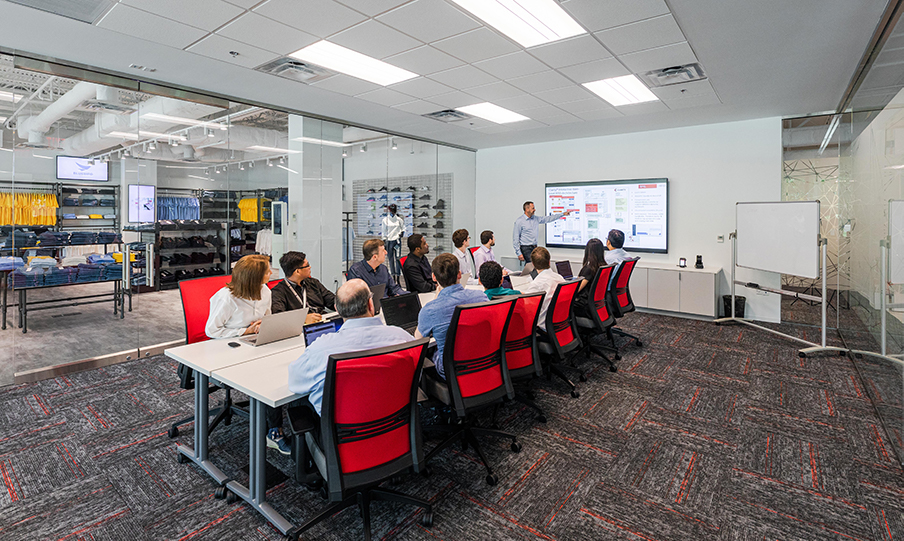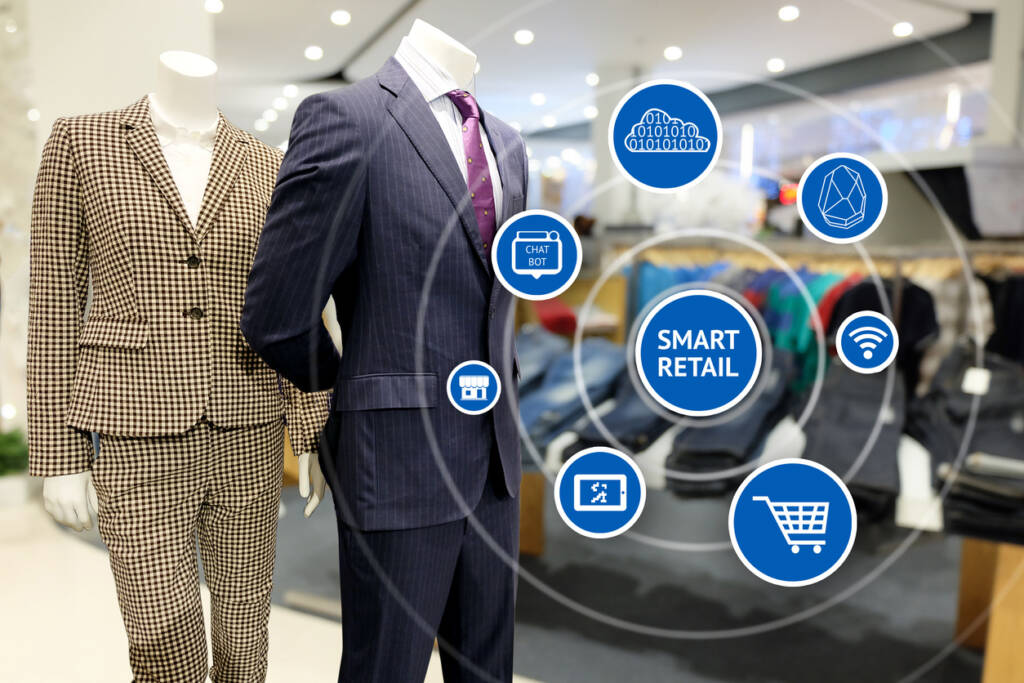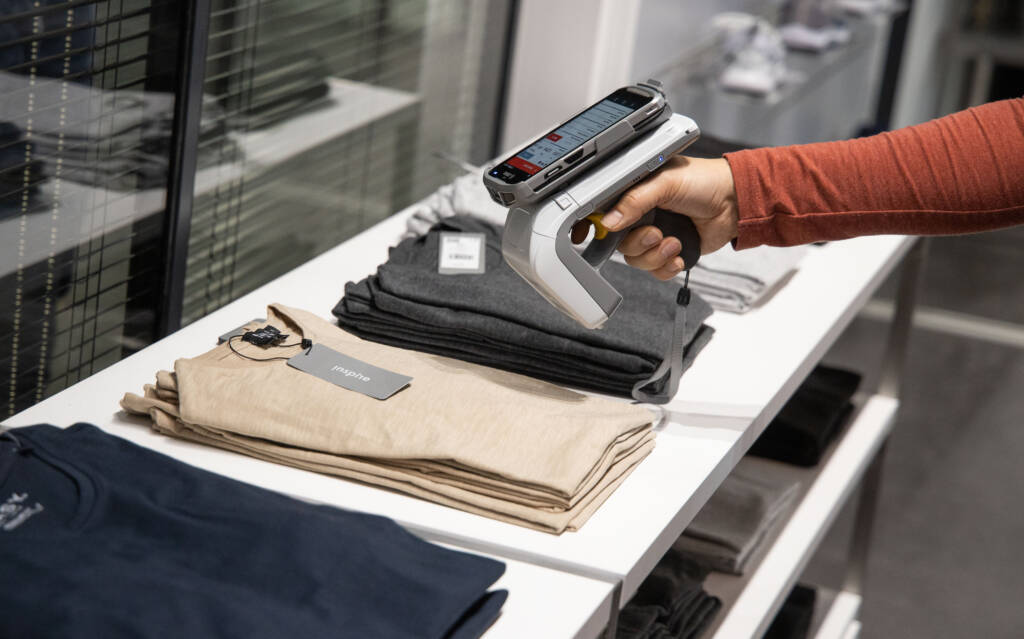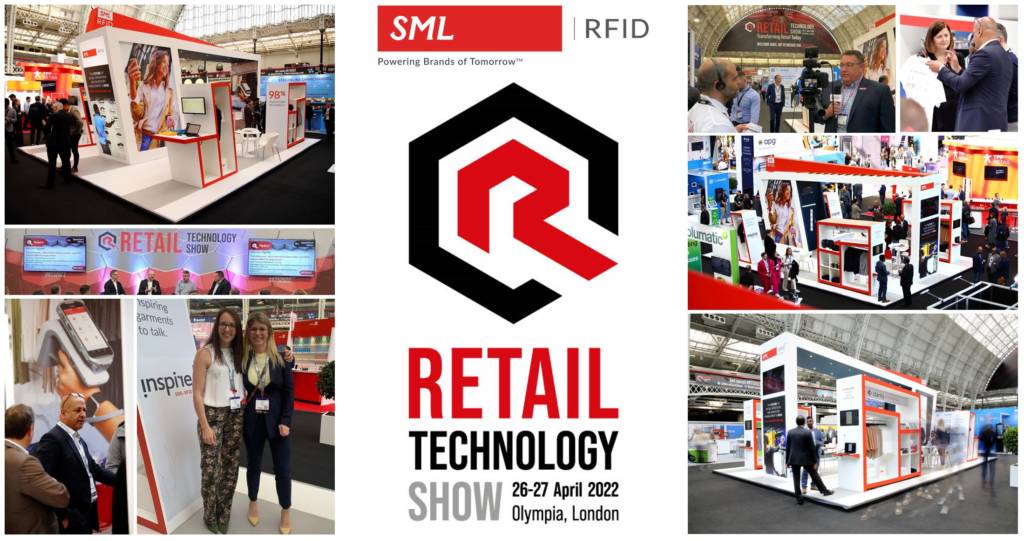Boost Retail ROI: 3 Key Benefits of RFID Technology
Evolving consumer demands continue to influence the evolution of the retail industry. In today’s environment, this evolution often arrives in the form of technology adoption that caters to changing customer needs. However, in the current economic climate, where consumers are tightening their purse strings as a result of the increased cost of living situation, many retailers are under pressure to remain both competitive and profitable. Technology investments must be able to empower retailers to meet these evolved customer over-expectations while delivering a definitive return on investment (ROI).
Today’s retailers understand that the right technology deployed can drive operational efficiency, improve sales, and provide elevated customer service. Ultimately, any deployment that can deliver in these areas can drive enhanced ROI for a retailer. One effective technology that facilitates this is item-level RFID, which, at its core, is helping retailers significantly improve their inventory management practices. RFID allows retailers to improve their inventory accuracy to up to 98%, and the knock-on benefits are helping retailers realize ROI in three key areas.
What Is Retail ROI?
Retail ROI, or Return on Investment, is a measure used to evaluate the effectiveness of an investment in the retail sector. It assesses how well the money invested in retail activities, such as marketing, inventory purchases, and store renovations, generates profits. This metric helps retailers understand the financial return generated from their investments and guides them in making informed business decisions.
How Do You Calculate ROI in Retail?
Retail ROI is calculated by dividing the net profit from retail activities by the total investment costs associated with them. The formula is typically expressed as ROI = (Net Profit / Investment) × 100. This metric helps retailers assess the effectiveness of their investments in inventory, marketing, and store setups.
What Are the Key Factors That Influence ROI in Retail?
Several factors can influence retail ROI, including product selection, pricing strategies, customer service quality, store location, and marketing effectiveness. Inventory management also plays a crucial role; too much inventory can increase costs, while too little can lead to missed sales opportunities. Additionally, adapting to consumer trends and technological advancements can significantly impact ROI.
Inventory Management and New Model Development
RFID can play a key role in minimizing the amount of manual labor required in-store. In achieving this, retailers can drive ROI by reducing overall labor costs and optimizing the time of in-store associates.
Instead of requiring associates to conduct inventory counts manually, RFID technology can be used to scan thousands of items in minutes which allows a retailer to reset inventory discrepancies daily or weekly instead of conducting labor-intensive annual physical stock counts. As a result, in-store associates spend less time on mundane tasks such as counting stock and looking for items they don’t have. RFID technology can also be used to streamline shipping, processing, and receiving items within the supply chain.
Enhanced Customer Experience and Loss Prevention
For a retail business to run successfully, senior executives understand that they must execute operations efficiently while improving the overall customer experience.
With products tracked at the item level, in-store associates can improve the customer service experience with access to real-time insights on product location and status. Retail RFID store solutions also provide enhanced in-store efficiency through RFID-based item search capabilities which guide associates to specific items in stores to fulfill in-store sales and omnichannel orders.
With shrink continuing to cause issues for retailers, incorporating RFID technology throughout operations allows retailers to focus their efforts on loss prevention techniques. With its 98% inventory accuracy, SML’s Clarity® RFID software can track the locations of individual items, significantly improving the visibility of inventory loss through theft or misplacement.
Improved Wider Store Operations
Omnichannel commerce has grown increasingly popular with retail customers. In today’s environment, the most successful retailers have adopted an omnichannel ‘fulfill from anywhere’ approach to satisfy their consumer market. With RFID deployed, retailers can offer a seamless shopping solution that customers can access from anywhere.
With several efficient shopping platforms available, customers have the newfound expectation of receiving their items almost instantly. To fulfill this expectation, retailers must have a smooth and dependable fulfillment process from order creation through customer pickup. RFID technology allows retailers to achieve improved levels of process execution and enables selling to the last piece. This adds tremendous value to the enterprise from supply chain to stores in the form of precision, minimized costs, and optimized asset utilization.
Invest Wisely
With narrowed budgets requiring many retailers to prioritize the most impactful new initiatives, ROI has never been more important when it comes to retail technology investment. With several solutions to choose from, retailers must find technologies that create operational efficiency while still enabling retailers to deliver high-quality customer service. The foundational change from SKU level to item-level-based retail execution is powered by RFID and is critical for competing in a multi-channel fulfillment model effectively.
Item-level RFID enables retailers to realize long-term ROI that positively impacts the business from the supply chain through to the shop floor, all while creating flexibility to keep up with evolving customer demands.
To find out more about how SML’s Clarity® RFID software can help your retail business drive ROI, download our brochures: Clarity® Store, Clarity® Supply Chain and Clarity® Experience.

